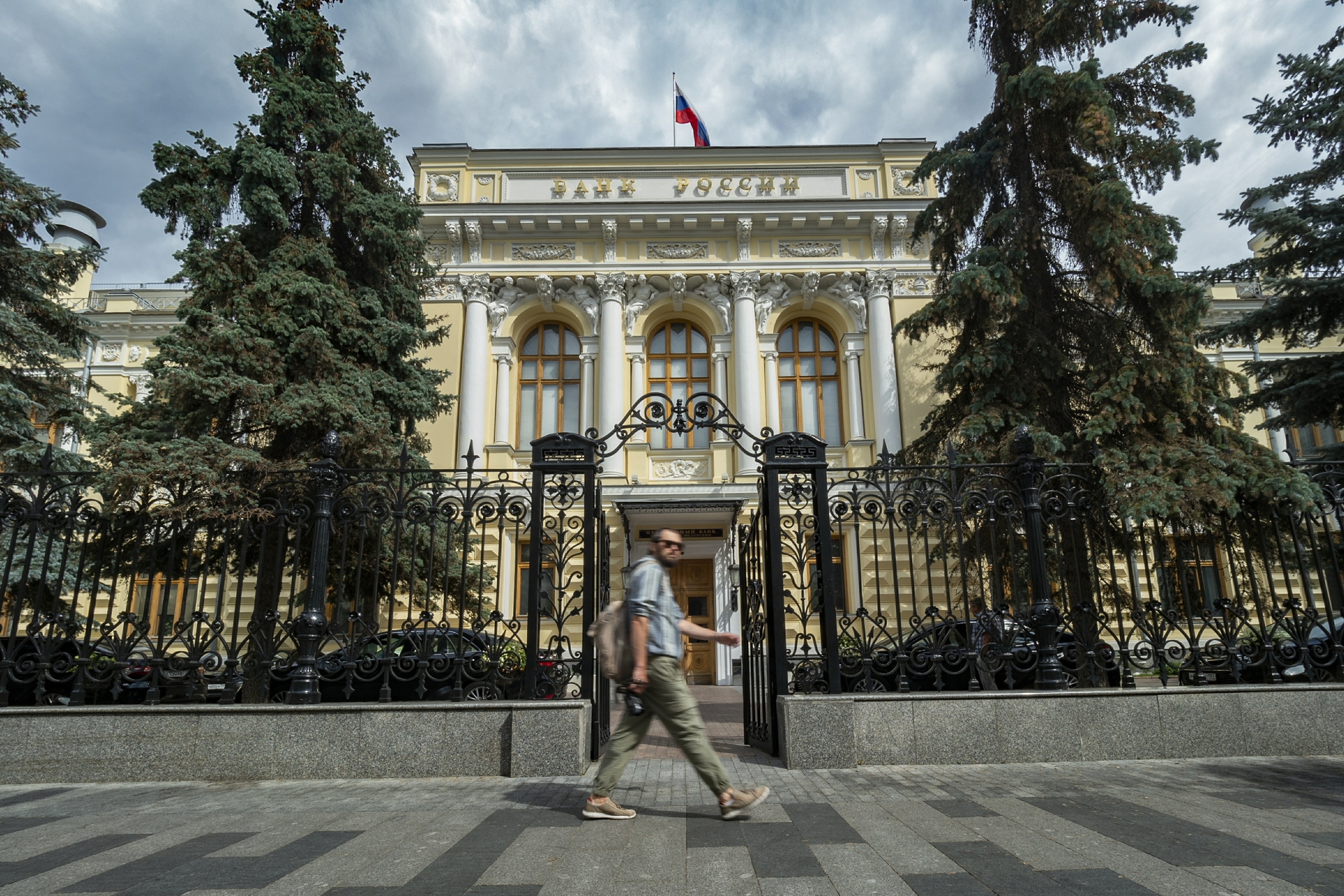On Wednesday, June 1, the Russian currency shows mixed dynamics on the Moscow Exchange.
During the opening of trading, the dollar fell by 0.5% to 61.2 rubles, and the euro by 0.3% to 62.15 rubles.
However, after that, the values rose above 62 and 64 rubles, respectively.
Note that in May, the national currency was able to noticeably strengthen.
Thus, over the last month of spring, the dollar exchange rate on the Moscow Exchange fell by 13.3%, to 61.5 rubles, and the euro exchange rate, by 16.6%, to 62.33 rubles.
At the same time, at a certain point, the indicators decreased to 55.8 and 57.1 rubles, respectively - the minimum values over the past few years.
In the near future, the dynamics of the ruble on the domestic market will largely depend on the balance of supply and demand for foreign currency.
Alexander Potavin, an analyst at FG Finam, shared this opinion in an interview with RT.
“The strong dynamics of the ruble is due to the fact that from January to April of this year, Russia had a large current account surplus of $95.8 billion, and the foreign trade surplus tripled to $106.5 billion. That is, the inflow of foreign currency into the country continues almost in the same volumes, and the demand for it has fallen sharply - including due to a decrease in imports, ”Potavin explained.
As noted by Mikhail Zeltser, an expert on the stock market at BCS World of Investments, in the current conditions, the national currency can be supported by an increase in energy prices.
After the decision of the European Union to impose an embargo on oil imports from Russia, the cost of Brent crude for the first time since the beginning of spring exceeded $124 per barrel.
At the same time, in the foreseeable future, EU restrictions can lead to an even greater rise in quotations, Zeltser is sure.
Meanwhile, the expert listed the factors that, in his opinion, can play against the ruble.
According to him, investors will closely follow the results of the June 10 meeting of the Central Bank.
As expected, following the meeting, the board of directors of the regulator may again lower the key rate.
“The monetary policy easing cycle will not play in favor of the ruble.
The fact is that the lower the interest rate of the Central Bank, the more money in the financial system and less support for the value of the national currency, ”Seltser explained in a conversation with RT.
globallookpress.com
© Konstantin Kokoshkin
Recall that in early spring, against the backdrop of Western sanctions, the dollar and euro for the first time rose above 121 rubles and 132 rubles, respectively.
Then, in order to stabilize the situation, the authorities ordered exporters to sell 80% of their foreign exchange earnings, that is, to exchange the received dollars and euros for rubles.
Along with this, the Central Bank temporarily raised the rate to 20% per annum, limited the withdrawal of capital abroad and introduced a temporary procedure for the circulation of cash currency in the country.
At the moment, against the backdrop of a sharp appreciation of the ruble, the Central Bank has eased some of the restrictions on the financial market and lowered the key rate to 11% per annum, and exporters were allowed to sell only 50% of foreign exchange earnings.
Thus, the authorities are trying to limit the excessive strengthening of the national currency and return the ruble to an equilibrium level.
This was previously stated by the head of the Ministry of Economic Development Maxim Reshetnikov.
“A too weak ruble means that consumers lose, goods become more expensive, an additional boost to inflation, and so on.
Too strong ruble for a long time means that production becomes uncompetitive, domestic production loses to imports.
Export becomes uncompetitive in foreign markets, and so on.
Therefore, we need a reasonable balance,” Reshetnikov noted.
As Vladislav Antonov, a financial analyst at BitRiver, reminded RT, the Russian budget for 2022 was drawn up based on the exchange rate of 72 rubles per dollar.
“For the budget, a strong ruble means a decrease in ruble terms in revenues from the export sector.
I believe that in the near future the dollar will continue to remain above 55 rubles, and the main targets for it will be two levels - 71 and 76 rubles.
In June, the rate may jump to these indicators, after which a corridor for consolidation will form,” Antonov noted.
According to Alexander Potavin, by the end of the month the dollar and euro rates will fluctuate in wide ranges.
“In the medium term, we expect the ruble to return to more economically justified levels.
According to our estimates, in June the dollar exchange rate will be traded in the range of 56-70 rubles, while the euro exchange rate will remain in the region of 58-72 rubles," Potavin concluded.

